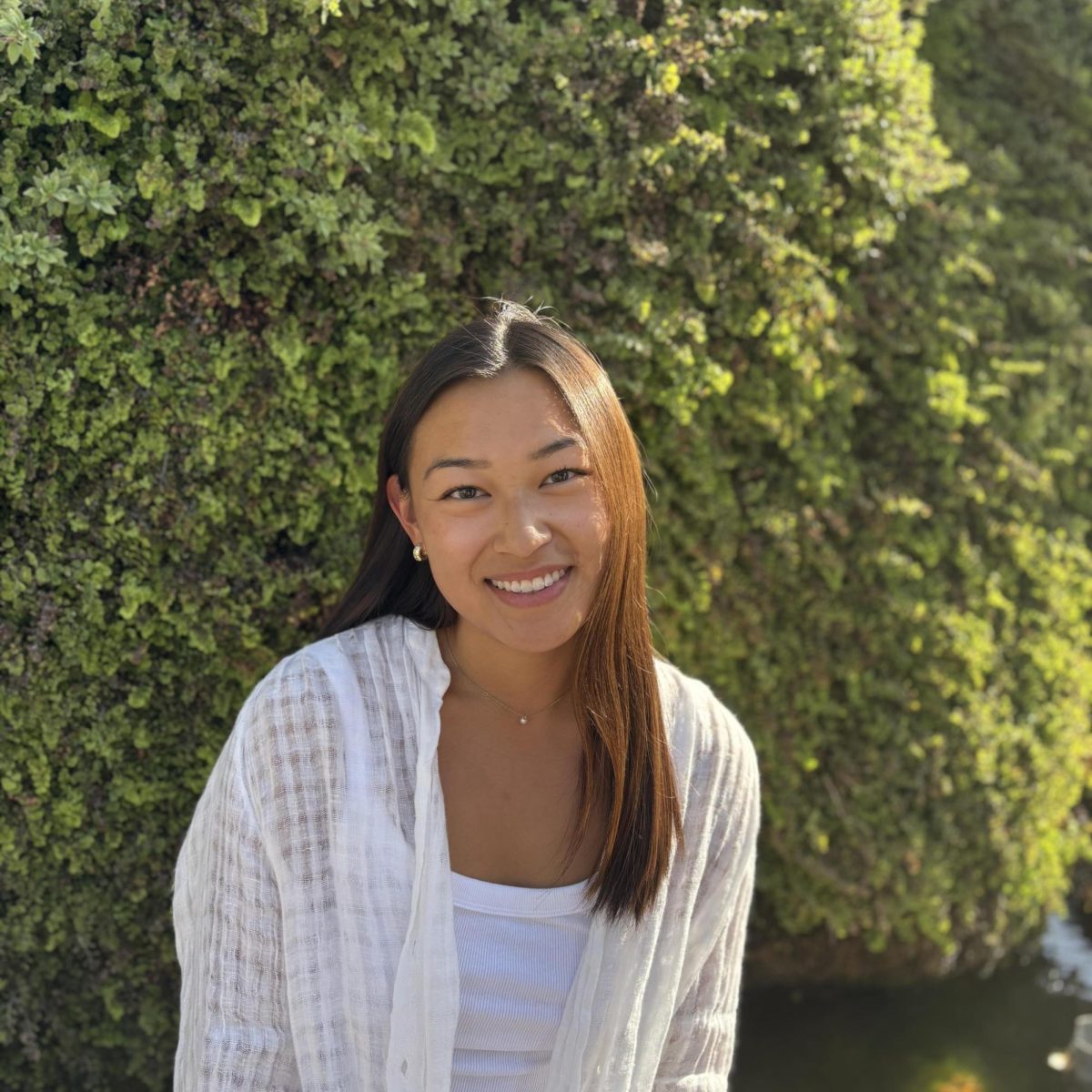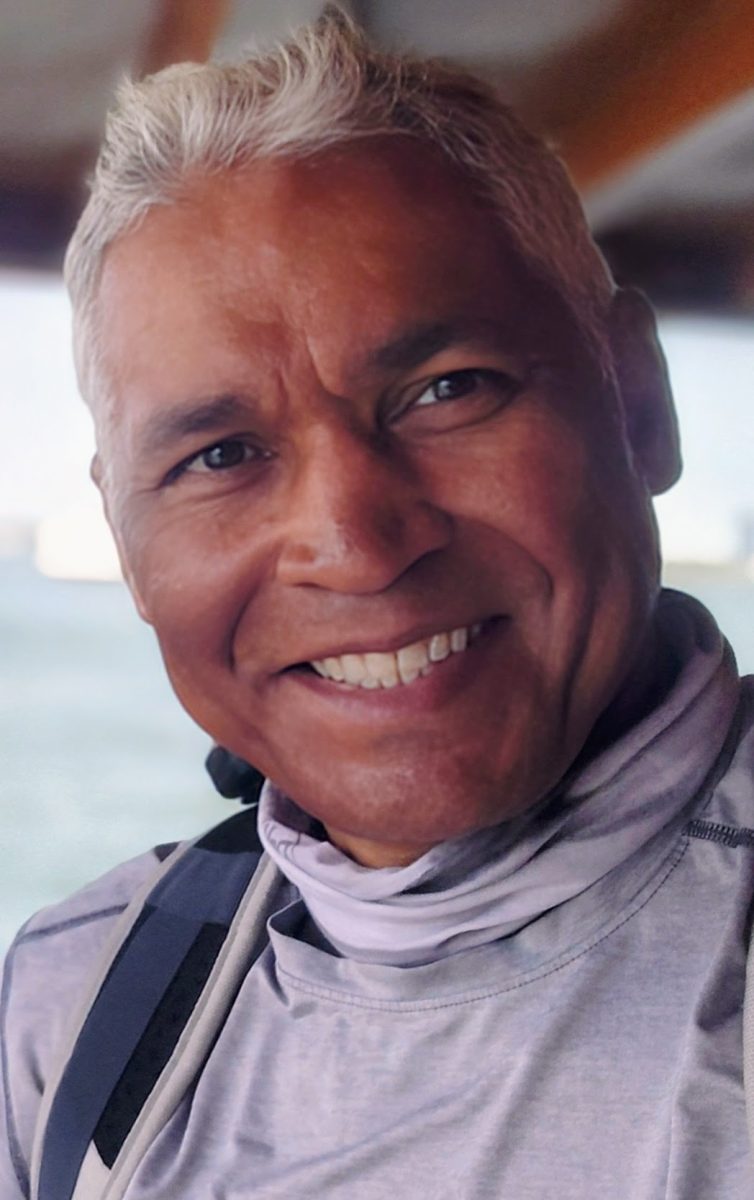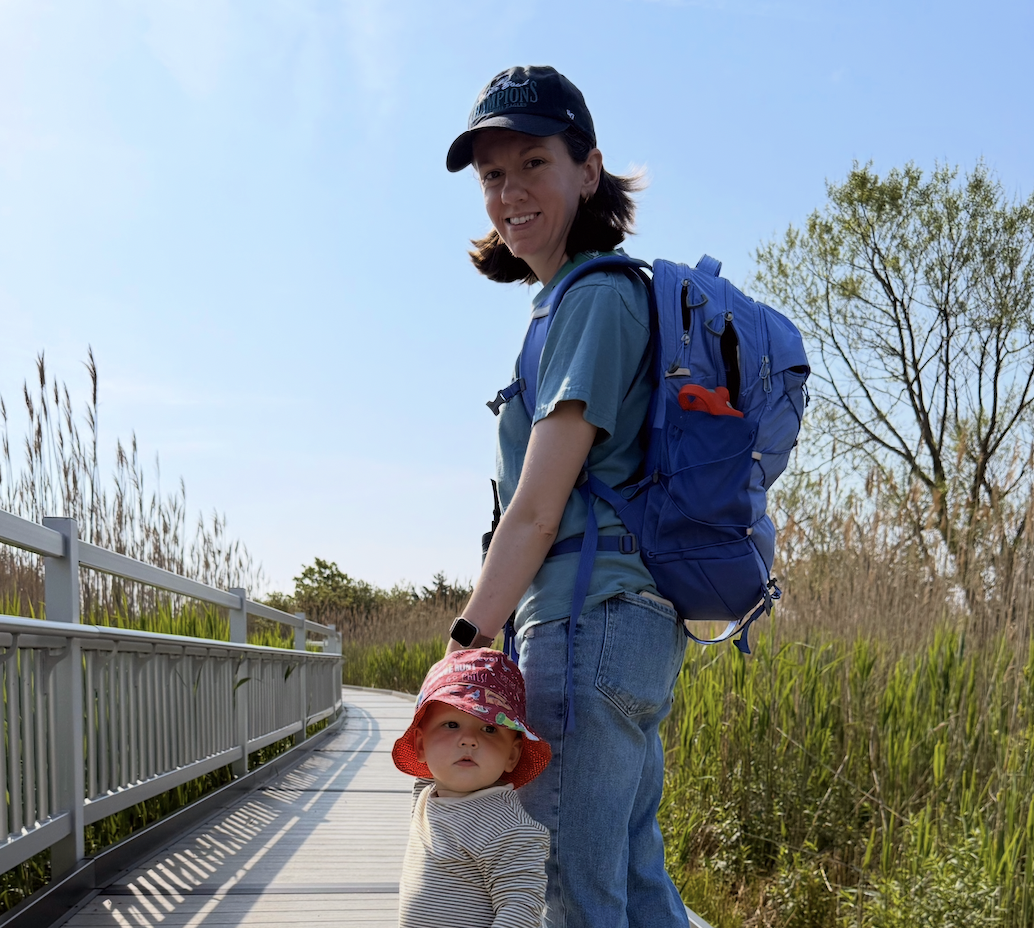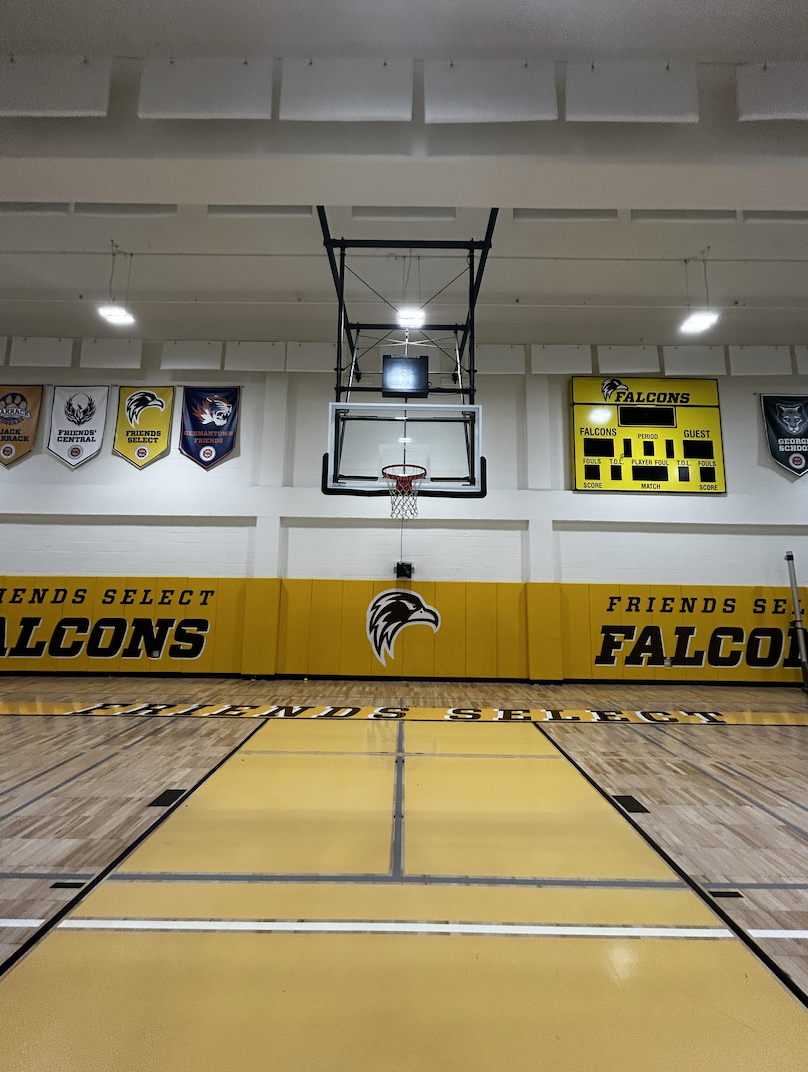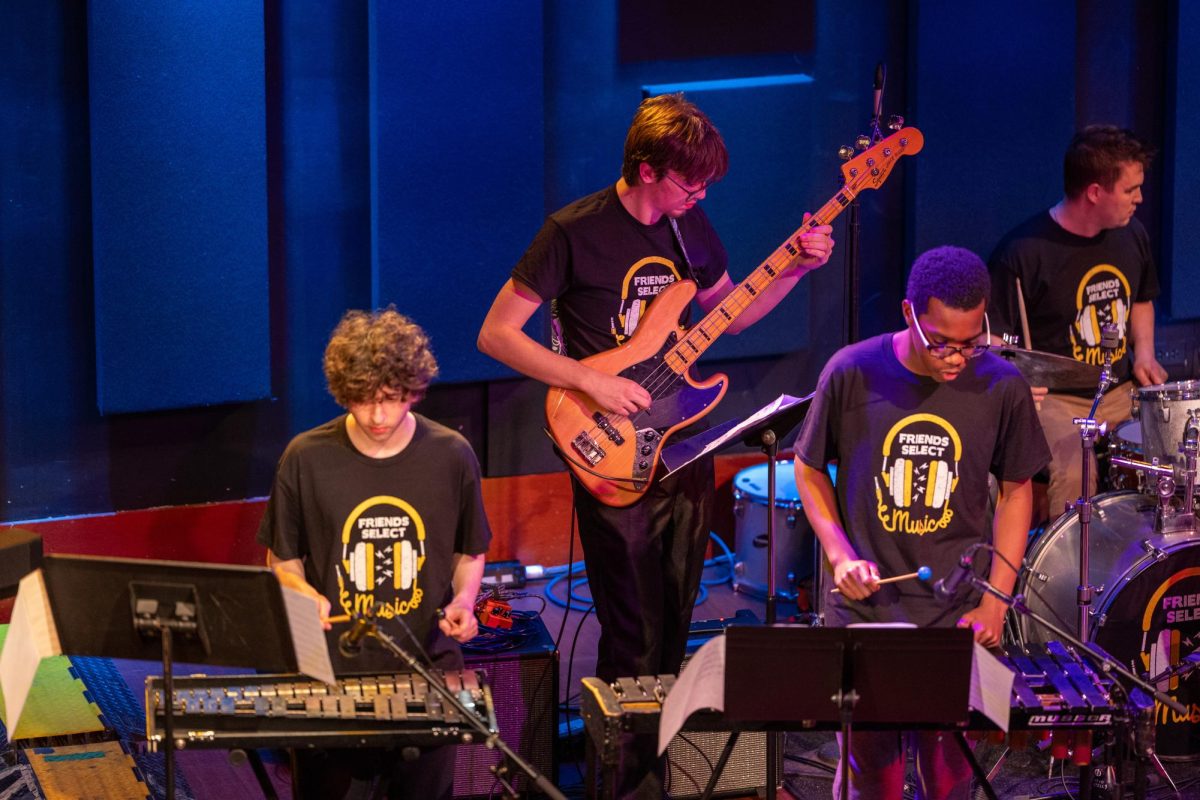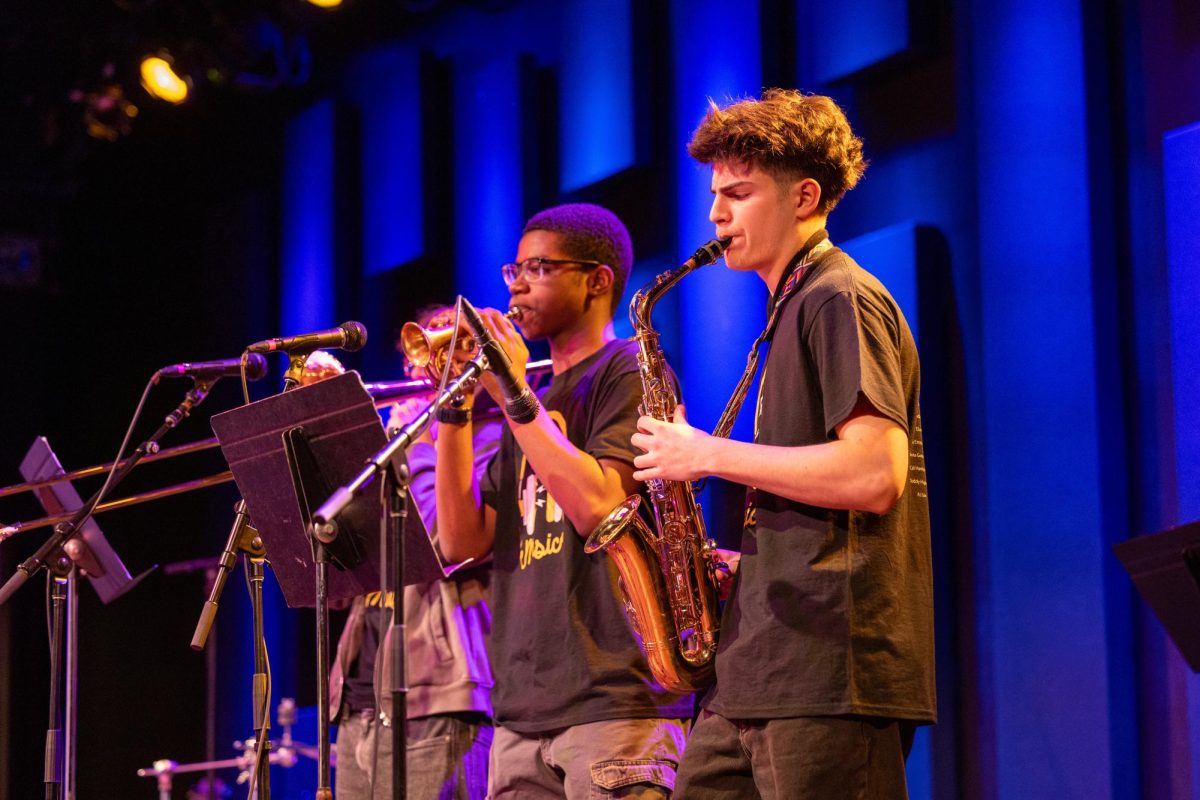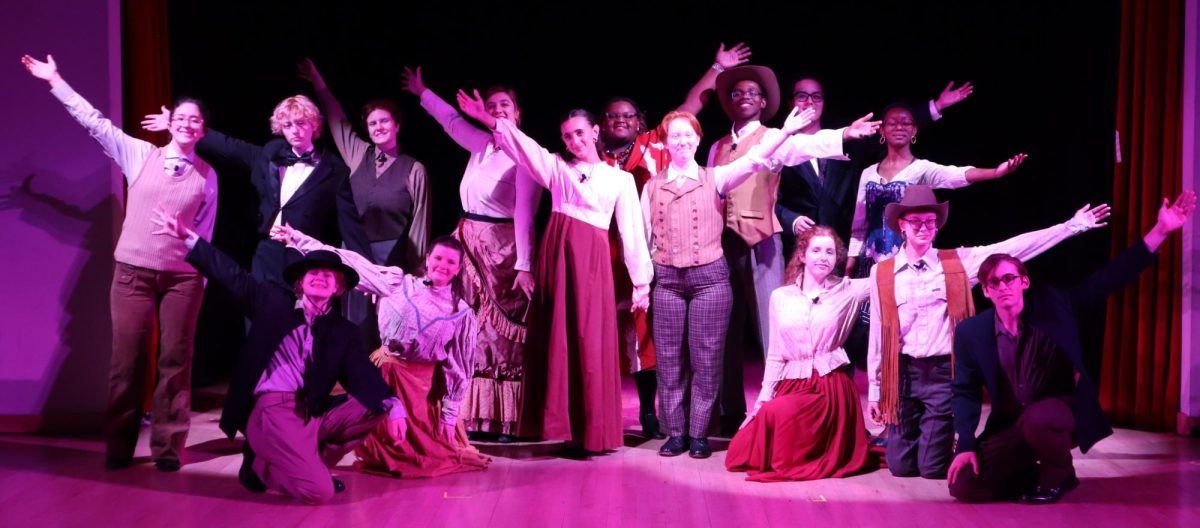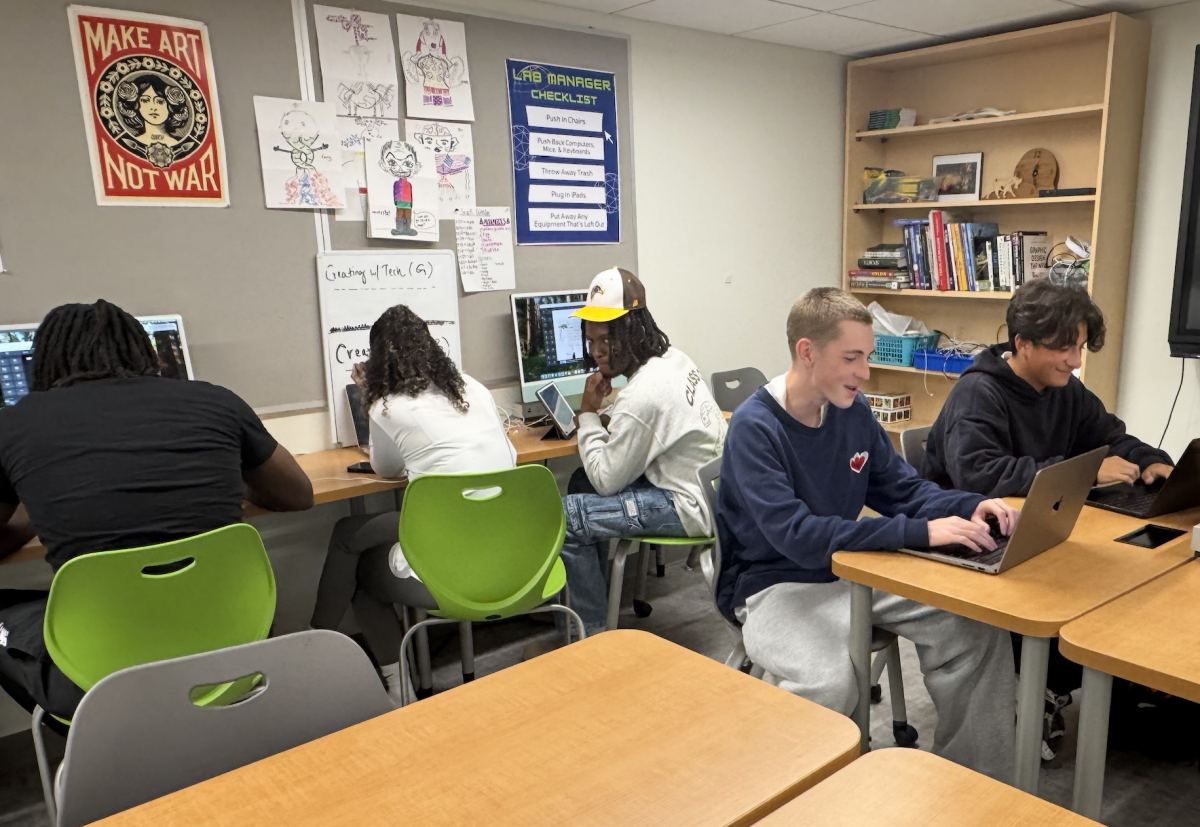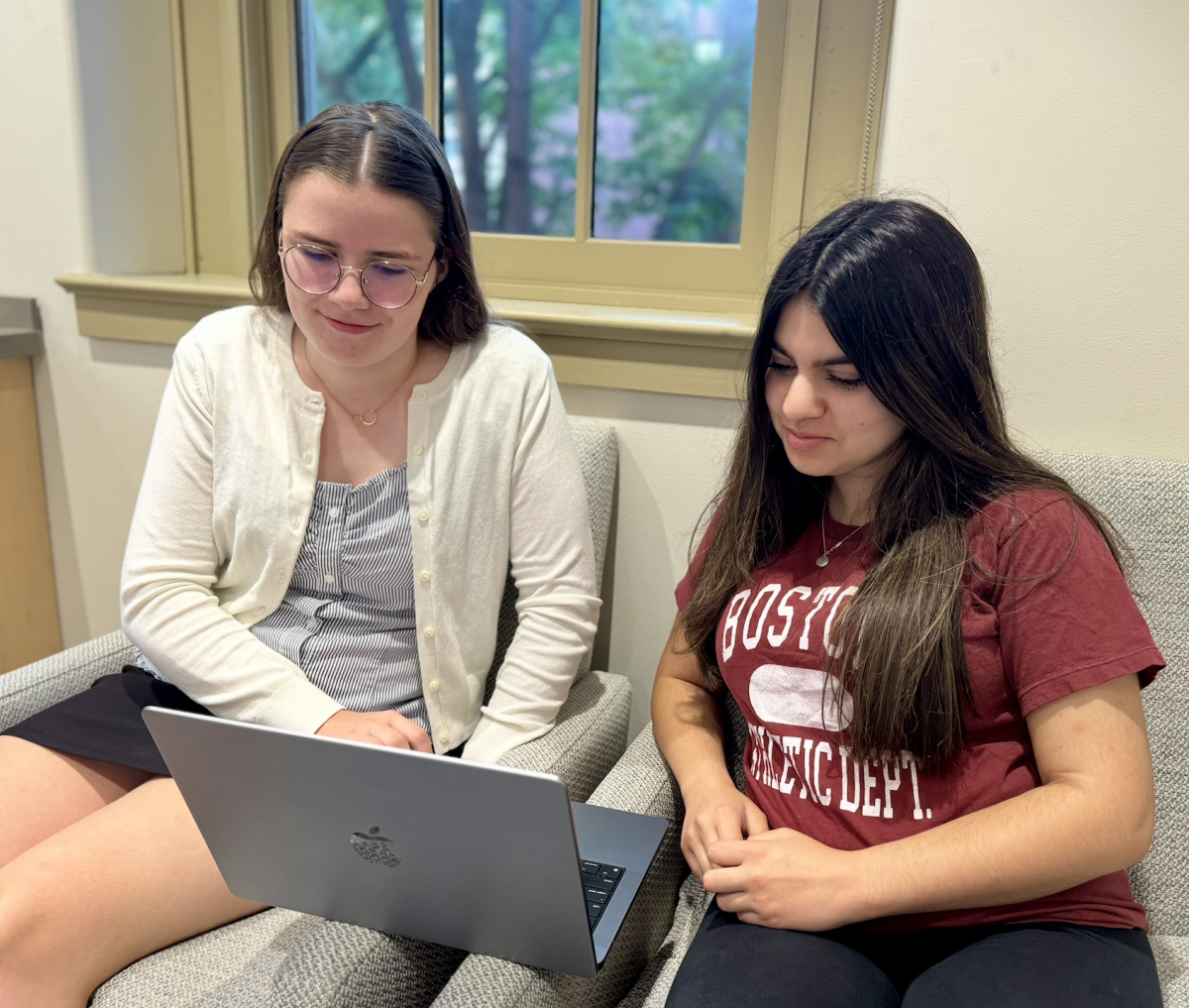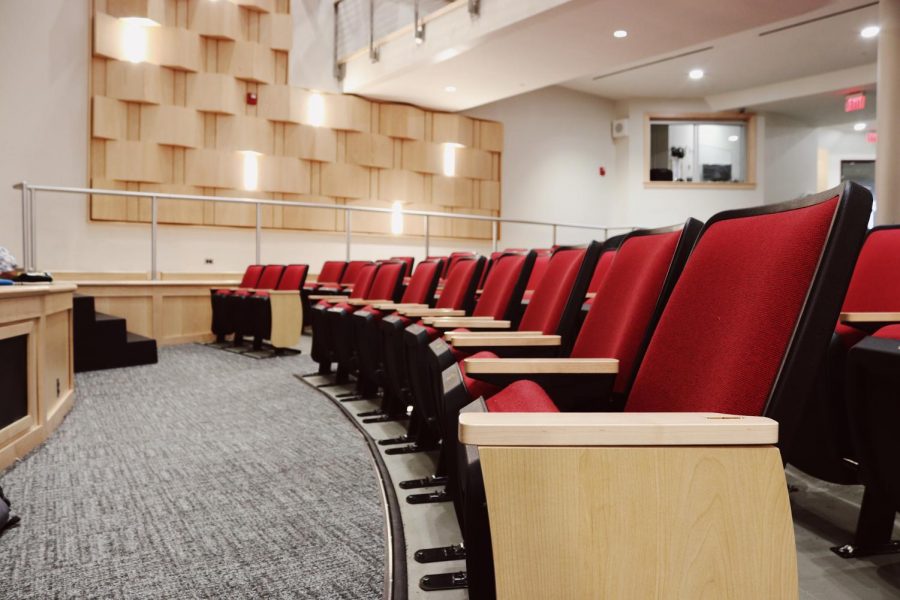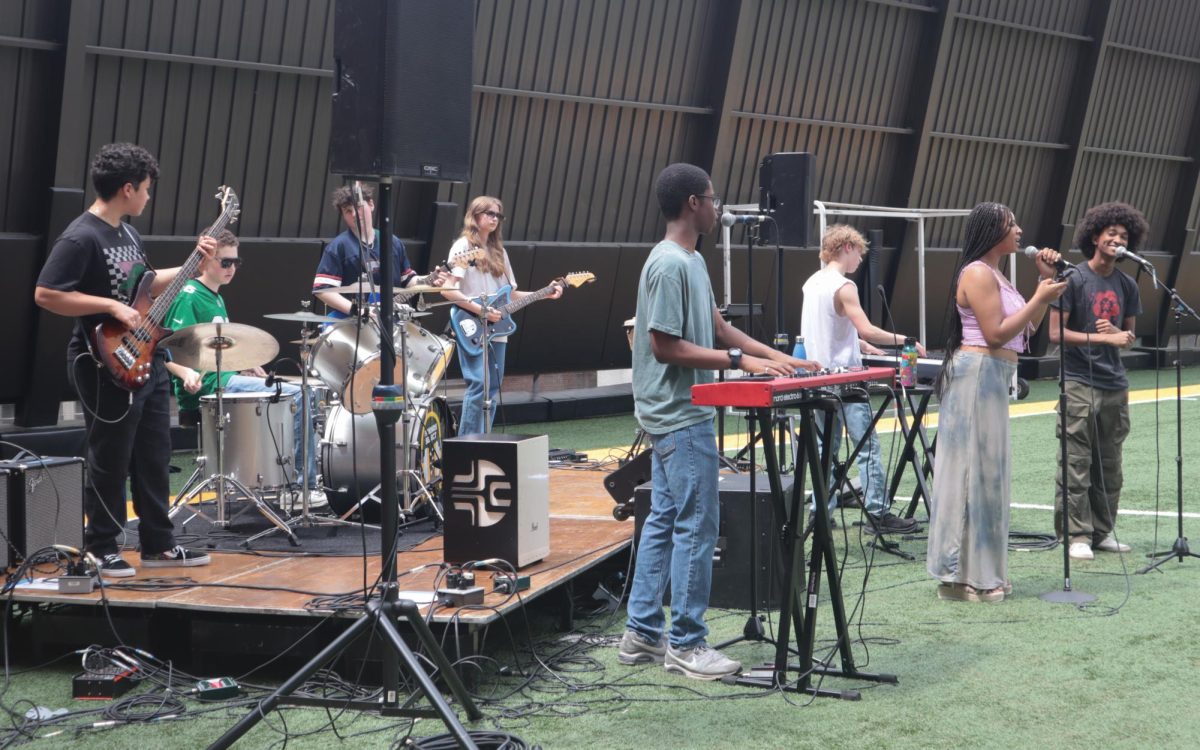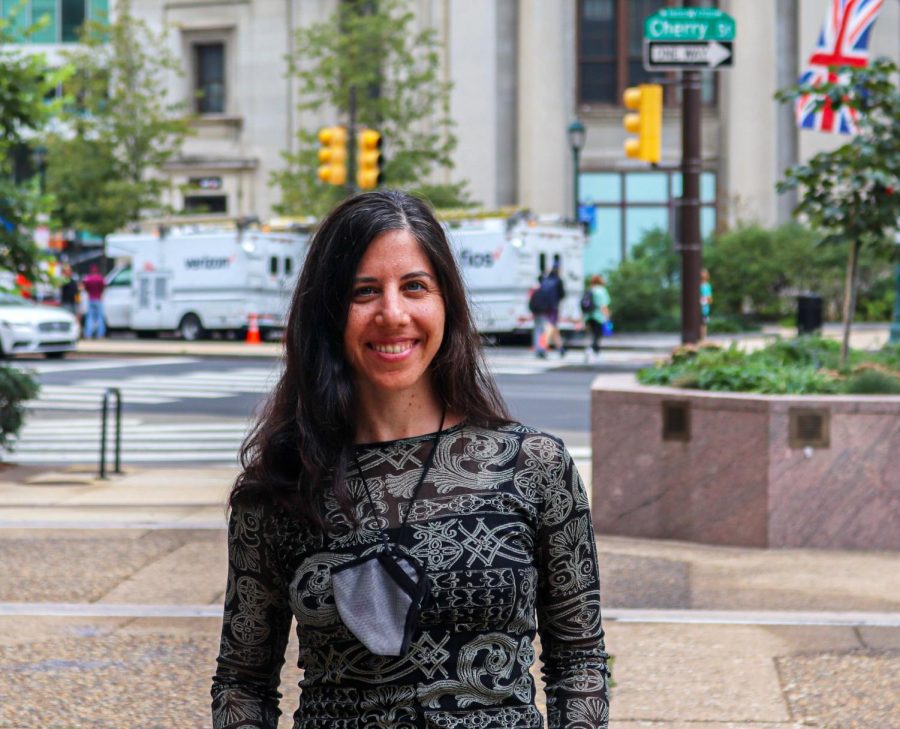Naomi Faszczyk: A Unique and Global Lens on Teaching Spanish
Naomi Faszczyck, a new Upper School Spanish Teacher, can trace language, family history, and connections to different world locations throughout her entire life. Born in Tel Aviv-Jaffa, Israel, she moved to South New Jersey in 3rd grade. Having parents from Poland, and also spending significant time in both Mexico and Spain, Naomi explains, “I have mixed feelings about where I’m from. To make it simple, when people ask, I sometimes just say Philadelphia.”
Teaching has taken on various forms in Naomi’s life. Despite teaching in the form of tutoring while attending Rutgers University, she says that her teaching career formally started at age 20. She has taught in many capacities, including social work, university lecturing, and classroom teaching. “All of them were people-oriented, and they were all special to me,” she says. “It’s hard to pick a favorite, it’s like saying who is your favorite child.”
Naomi has found a particular passion for language through the “migration stories that were in [her] family,” ranging from “harrowing refugee and survivor stories to immigrant stories, including my own as a child,” she says. While her native language is Hebrew, English and Spanish became her main languages early in her youth. “I was attracted to that adventure and to that ability to switch codes between languages. I was hard-wired for it because of my experiences. I was doing well in it in school, so I just continued,” she explains.
Naomi uses the fact that Spanish is not her native language as an integral approach to her teaching. In addition to sharing a new language, “I am also sharing the experience of starting at zero and being able to master something,” she says. Comparing mastering a new language to mastering a headstand yoga skill, Naomi says that while one may have to start completely at ground zero, but with training, patience, and practice, one will find themselves doing a “beautiful and graceful headstand and teaching someone else how to do one… you can connect through the journey and through the frustrations. It gives me an in on what’s going on in your heads,” Naomi says.
Naomi did notice some initially striking things while transferring to Friends Select, one of which is its location in the heart of Philadelphia. She also says that “the way students relate with one another, and [the] attitude and camaraderie, it’s really impressive. It seems genuine, like there is a feeling of genuine goodwill,” she says.
Another aspect of Friends Select that required a personal adjustment from Naomi was the infusion of Quakerism into learning practices and classroom behaviors. In schools at which Naomi has taught in the past, the Spanish form usted used to formally address someone with an added level of respect has always been used when conversing with a teacher. However, the informal tú form is used between students and teachers in the FSS Spanish community. Naomi realizes that this actually “comes from a place [in which] Quakers do stress the idea of respect.”
Adjusting to the rhythm and pace of FSS are things that Naomi looks forward to. She plans to connect and bond with students without having to worry about scheduling and planning as logistical challenges. She plans to “get to know students’ energy… and add more cultural elements into the course[s].” She hopes to cultivate a sense of “joy, curiosity, and playfulness” through studying language, along with building an “appreciation for diversity and multi-national identity.” She plans to bring her self-proclaimed “rigorous, fair, and kind” style to the classroom.
Adjusting the curriculum and class flow for the specific groups of students is a huge priority for Naomi. “I meet students where they’re at,” she puts it simply. Naomi shares that her personality type on the Myers-Briggs test describes her as an intuitive type of person, using “empathic calculations” to gauge group dynamics. Upon receiving feedback on projects and assessments, she takes notes, makes adjustments, and takes steps to work with students individually whom she feels would benefit from meeting with her. These tactics require “a lot of analysis, reflection, and a lot of hit and miss, trial and error, and finding new ways to incorporate feedback as we go along,” she shares. Two specific tactics she uses are sharing google feedback forms and utilizing office hours.
Naomi’s current classes in Spanish II and Spanish V are small, totaling 7, 8, and 13 students. This requires differentiating and individualizing the class plans. Math Department Chair Sarah Kelly, who happens to share classroom 201 with Naomi, has picked up on some of the aforementioned teaching strategies. “She plans all of her lessons and her days around the kids that she has in her room… she has really been making a concerted effort to get them to figure out what works and what doesn’t, what they respond positively to, and what may not be super engaging. She [ensures] that the class is beneficial for [the students],” Sarah says.
Lena Piven ‘25, a Spanish II student this year, shares that “[Naomi] goes pretty slow so people understand and process the info how she wants you to. She has you repeat the sentences so you know where the words go and how to pronounce everything correctly.”
Madeline Squires ‘22, a current Spanish V student, notices Naomi’s emphasis on the collective class dynamic and how she stresses that “students work together to collectively learn the language.”
Beyond the classroom, Naomi enjoys reading, podcasts, hiking, coffee shops (pre-Covid), her brother’s dog (“a sweetie”), and yoga and meditation, which she has brought to Spanish V through Tai-Chi exercises at the beginning of each class, along with her readiness and passion to share a language with her students.

